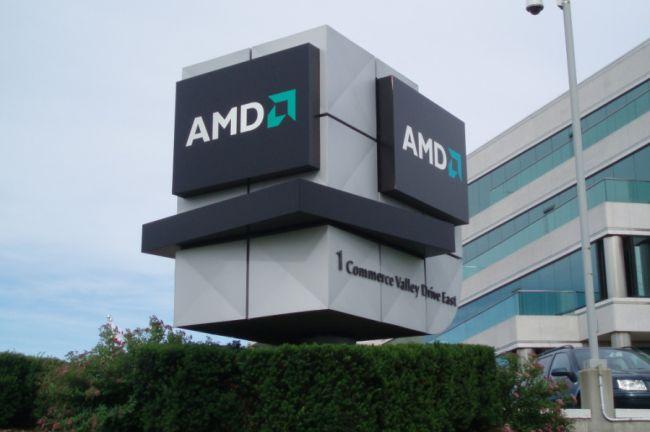
This information comes from a snapshot by Hardware Battle of some AMD marketing materials which introduce the “Polaris Architecture.” Polaris, as we all recall from high school, is the brightest star in the Ursa Minor constellation, and as the image says, stars are the most efficient photon generators in the universe.
“Their efficiency is the inspiration for every pixel we generate.”
This isn’t the first time we’ve heard of Polaris either, further suggesting that this may well be the next-generation GPU architecture for AMD. Back in November, the head of the Radeon Technologies Group, Raja Koduri, mentioned it in a cryptic exchange with AMD marketing director Chris Hook (thanks TechSpot).
@Gchip Polaris is 2.5 times brighter today than when Ptolemy observed it in 169 A.D
— Raja Koduri (@RajaXg) November 26, 2015
However this rumor turns out, the note about efficiency in the marketing material is an important one. While AMD GPUs have stayed mostly toe-to-toe with Nvidia in terms of raw performance, they are far behind when it comes to energy efficiency. Even AMD’s new Fury line of GPUs, which offer more efficient memory, are still a big power draw compared to Nvidia’s top-end cards.
That is something that is expected to improve naturally with the drop down to 14nm, but the question is whether AMD’s designs have caught up with Nvidia’s sufficiently to allow the firm to offer comparable performance per watt. That’s important to bring down running costs and reduce the need for heavy duty cooling.
Of course we’re also expecting quite a performance jump with the new generation, but if AMD can improve the efficiency of the cards, it stands a much greater chance of getting back into the good graces of gamers, enthusiasts, and system builders. The firm needs to do this, as its market share has shrunk dramatically in 2015.
Are you holding out for a new-gen GPU next year? If so, are you planning on buying AMD or Nvidia?




